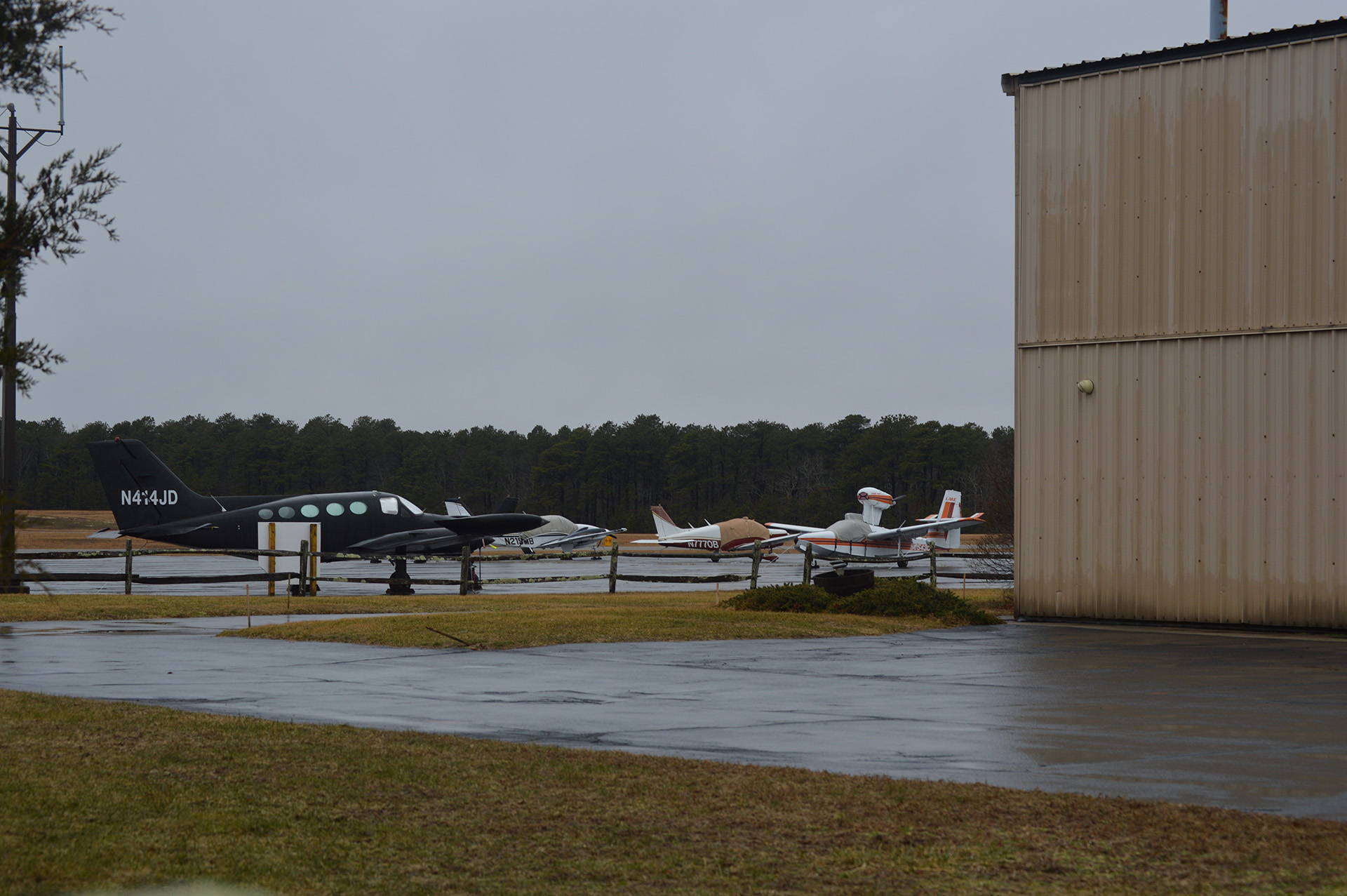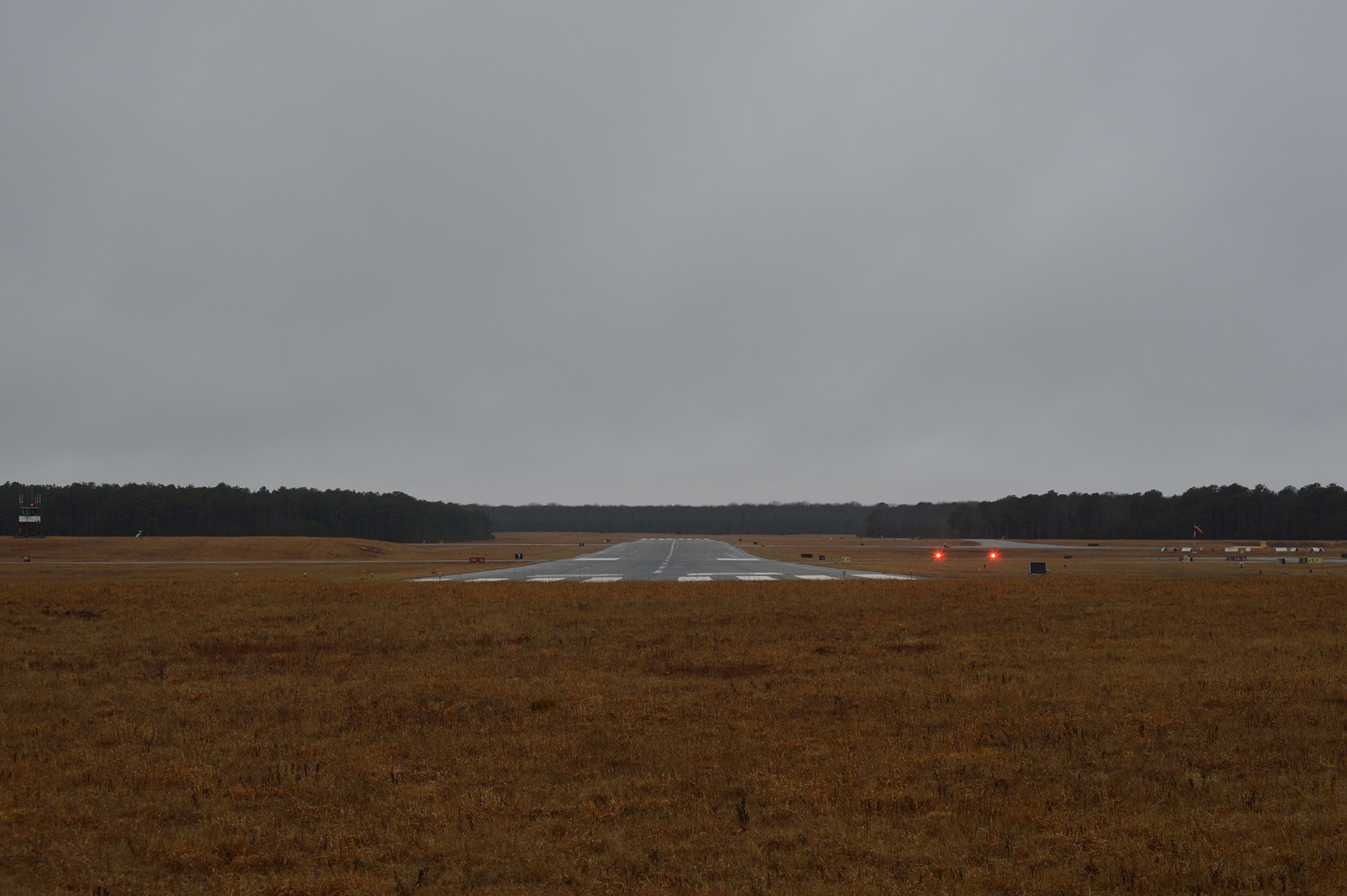Town Told It Could Close Airport


Independent/T. E. McMorrow
The East Hampton Town Board was urged last week to begin planning to shut down East Hampton Airport after the 2021 summer season ends, unless a deal can be worked out with the Federal Aviation Administration that would drastically cut the number of noisy flights in and out of the airport.
The man urging that course of action, Bill O’Connor, a partner at Cooley LLP, the law firm guiding the town as it negotiates with the FAA, knows a thing or two about shutting down airports for unhappy municipalities. He was the lead lawyer in a case in Santa Monica, in which the FAA, after years of litigation, agreed in early 2017 to allow the city to close its airport at the end of 2028.
In addition, the FAA also agreed to allow Santa Monica to immediately shorten its runway from 4973 feet to 3500 feet, which, in turn, led to a steep decline in the size and number of jets able to use the facility. Santa Monica saw a decline of more than 80 percent in air traffic after the runway was shortened, according to The Santa Monica Lookout. East Hampton’s main runway is 4255 feet long.
East Hampton Town has been seeking a way, for several years, to curtail the amount of air traffic in and out of the airport that have led to a rising tide of noise complaints from residents. While the FAA does have standards for permissible noise levels that apply to private jets, the federal agency makes clear, on its website, that noise is of secondary interest.
“The FAA’s primary mission is to ensure the safety and efficiency of our nation’s navigable airspace. The agency does not have the authority to prohibit aircraft overflights of a particular geographic area unless the operation is unsafe, or the aircraft is operated in a manner inconsistent with Federal Aviation regulations,” the organization stated on a website page addressing noise issues.
The FAA classifies jets at four levels of noise produced, particularly on takeoff: Stage One through Stage Four, with Stage One being the noisiest. Stage One jets were phased out as of the end of 2015. The FAA also classifies helicopters by two noise levels, Stage One being noisier than Stage Two. Stage One helicopters were not affected by the 2015 phase out.
In July 2015, the town put in place a moratorium on landings and takeoffs of all aircraft from 11 PM to 7 AM, and extended that ban from 8 PM to 9 AM for noisier aircraft. The law was struck down in late 2016 by a federal appeals court, which ruled that if the town wanted to place restrictions on the airport, it needed to do so following the federal Airport Noise and Capacity Act, passed in 1990. That law requires that municipalities that want to regulate noisy aircraft to go through what is called a “Part 161” process, in which it presents the FAA with a cost analysis and an exploration of alternative solutions.
It is a complex process, O’Connor warned the town board on February 7, with no guarantees at the end of the road.
Noise Metrics
O’Connor’s presentation was done in conjunction with an in-depth analysis of the current state of noise from aircraft in East Hampton, and the resulting complaints, presented to the board by Mary Ellen Eagan of Harris, Miller, Miller & Hanson. She told the board that the aircraft generating the most complaints are two makes of helicopters, the Bell 407 and the Sikorsky S76, along with a seaplane, the Cessna Caravan C208. Those three also happen to be the most frequently flown in and out of East Hampton.
“We always have to consider what can be accomplished, given our limitations” in terms of dealing with the FAA, O’Connor said. When the FAA does look at noise, it takes an average at an airport over the course of a calendar year. “All of the time that you are not hearing helicopters,” he said about offseason usage, “that gets counted too. That doesn’t address the issue we have here in East Hampton. So, we talked to the FAA about that, the importance of relying on supplemental noise metrics.” Unfortunately, O’Connor said, the FAA has historically been skeptical of using such data.
O’Connor told the board about a recent study that concerned him. “Towards the end of the season, early fall, the Federal Department of Transportation research arm conducted a study here in East Hampton. We didn’t find out about it until the DOT approached the airport manager to place noise monitors throughout the community, and that was a little bit concerning, that the town was not given an opportunity to comment and participate in that research. The research in simple terms was working with the Eastern Region Helicopter Council and the FAA and their operators to test whether certain helicopter maneuvers or alternate approaches to the airport might reduce noise. O’Connor called the study “research that wouldn’t necessarily align with interests here in town.”
One possible solution could be at the federal legislative level. Senators Chuck Schumer and Kirsten Gillibrand worked at adding language to the FAA reauthorization bill that would have allowed East Hampton to impose an immediate curfew. That language did not make the final bill. Still, O’Connor said, a blanket curfew might be doable, setting certain times of the day, and weekend overnight hours, when operations would be prohibited. However, he said, targeting specific types of aircraft, or the frequency of traffic, “would be harder to run through.” O’Connor added, “The litigation risk is much higher here.”
After Councilwoman Kathee Burke Gonzalez heard O’Connor comment on the prospect of future litigation, when he said lawsuits would be likely, no matter how things worked out, she added, “We know the people that oppose restrictions have deep pockets, We saw that in 2015 and 2016.”
A legislative fix at the federal level “would be ideal,” O’Connor said, but given the current political climate in Washington, the chance of such a fix succeeding is “uncertain.”
“It is time to think about, and to present alternate options,” O’Connor said. “Close the airport and you can negotiate acceptable terms to have the airport reopen. Or, you can start thinking about what the alternate uses would be.” Planning to close the airport, he said, “should be pursued parallel to Part 161.”
The 2021 date is the soonest the town could legally close the airport. That is the point at which the town promised to keep operating the airport in return for federal grant money for improvements.
The board clearly was receptive to some serious sabre rattling with the FAA. Burke-Gonzalez said that O’Connor’s PowerPoint presentation should be sent to the FAA, “so we can telegraph to them that we are serious about how we want to move forward, and that they need to work with us on an air traffic plan so we can decrease the frequency.”
Councilman Jeffrey Bragman asked if the town were to go down the closure route, could it then present parameters to the FAA around which the airport would reopen? O’Connor pointed to 600 acres at the airport that could be partially devoted to parks and recreation areas. “We want to have a much smaller airport, so we are going to make that part of the plan. That is something you can do, just as a matter of planning,” he concluded.
t.e@indyeastend.com


